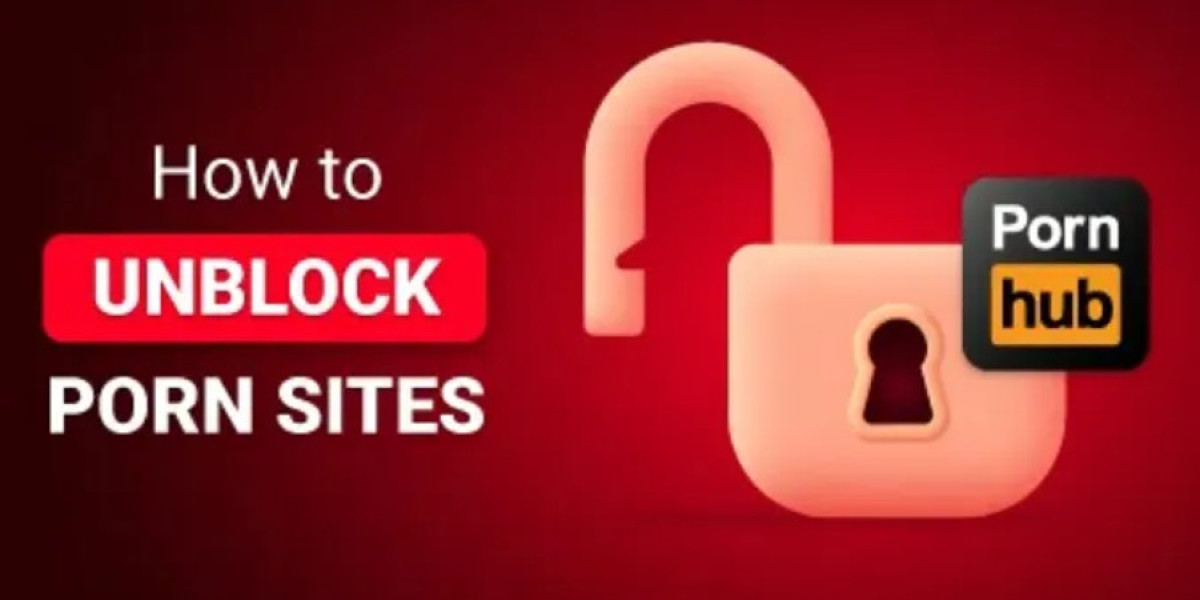Security audits: Navigating a challenging profession
The role of a security auditor comes with certain enviable perks – extensive travel opportunities and the legitimate authorization to test systems to their breaking point. However, beneath these surface benefits lies a professionally demanding position that deserves closer examination.
Security auditors operate in an inherently adversarial environment. Their primary function involves entering organizations as outsiders, methodically identifying vulnerabilities and weaknesses, then documenting these findings in comprehensive reports destined for management review.
This creates an unavoidable tension. Despite the best interpersonal skills or diplomatic approach, the fundamental nature of the job positions auditors as critics within an organization's ecosystem. The auditor's presence often generates apprehension among staff who may perceive the process as a direct challenge to their professional competence.
The psychological dynamics at play make building positive professional relationships particularly difficult in this field. Even when auditors approach their work with tact and respect, the core function of highlighting deficiencies runs counter to establishing the goodwill typically associated with successful professional interactions.No one enjoys being confronted with the reality of weaknesses in their IT infrastructure, especially when those flaws could lead to serious breaches. Often, companies respond by hiring security firms, only to terminate their contracts once unfavorable findings surface, leaving everyone disillusioned and the problem unresolved. Others might bring in a team of auditors, but if the team is disorganized or uncooperative, they struggle to even begin their assessment, delaying crucial insights. When faced with reports indicating non-compliance, organizations sometimes demand that these reports be altered to fit their narrative, further obscuring the truth.
Such scenarios, while uncomfortable, are unfortunately common. The tension becomes even more palpable when auditors, who are expected to provide an unbiased view, report findings that companies prefer to ignore or downplay. This dynamic played a part in the case of Merrick Bank’s legal action against Savvis, a security auditor that certified CardSystems Solutions as compliant back in 2004—just before a major data breach exposed over 260,000 stolen credit card numbers, resulting in significant financial liabilities.
The background of this incident reveals that CardSystems was certified as meeting the then-standard CISP (Cardholder Information Security Program), a precursor to today’s PCI DSS standards. Despite previous audits indicating deficiencies, the June 2004 assessment failed to flag critical issues, such as unencrypted data storage, which should have been a red flag. Three months later, hackers exploited these oversights, leading to the breach and subsequent legal fallout.
Understandably, many call for accountability, targeting the auditors who allegedly provided a false sense of security. However, experts suggest that the situation is more complex. Similar to lawsuits against credit rating agencies like Moody’s and S&P, which were accused of being overly optimistic about risky securities, questions arise about whether auditors can truly be held liable for their assessments, especially when they rely heavily on self-reported or limited information.
Further complicating matters is the role of credit card companies. Historically, only the audited entities had access to detailed audit reports, creating significant loopholes and potential for misrepresentation. Recently, new regulations—such as the PCI Security Council’s requirement to provide auditors with copies of reports—aim to improve transparency, but gaps remain.
Rachel James from ID Experts highlights that the current audit landscape is dominated by a handful of large vendors with vested interests, often leading to a focus on checking boxes rather than achieving genuine security. Cheating and superficial compliance are real risks, as evidenced by surveys revealing that some security professionals admit to dishonest practices to meet standards.
The fundamental issue lies in the human factor. Auditors may miss glaring issues if they lack full cooperation from client management or if companies intentionally obscure vulnerabilities. The recent acquisition of CardSystems by Savvis illustrates how organizational dynamics can influence audit outcomes—if management is uncooperative or fearful, auditors might not be able to perform their duties effectively.
Some critics argue that compliance itself is an elusive target—today’s standards may be met, but tomorrow’s vulnerabilities could easily undermine that compliance. The complexity and tediousness of maintaining adherence to evolving standards can discourage thoroughness, leading to superficial checks rather than meaningful security improvements.
What’s needed, experts suggest, are better tools—comprehensive, human-understandable compliance matrices that help organizations communicate clearly with auditors and proactively identify weaknesses before they escalate into public scandals or legal actions. While reforming auditing practices is essential, it’s equally important to scrutinize the companies being audited, ensuring they uphold integrity and transparency.
In a different vein, if you’re having a rough day, consider visiting the TSA’s blog, where commenters are often some of the most outspoken critics online. Their frustrations with programs like Secure Flight—particularly the hassles of explaining middle initials at the airport—offer a humorous reminder that, despite all the security measures, daily frustrations can still be quite relatable.
Why People Need VPN Services to Unblock Porn
In today's digital landscape, many individuals turn to VPN services to unblock porn due to geographical restrictions, censorship, or privacy concerns. These virtual private networks provide a secure, encrypted connection that masks the user's actual IP address, allowing them to bypass regional content blocks while maintaining anonymity from ISPs and potential surveillance. Porn unblocked through VPNs offers users unrestricted access to adult content regardless of their physical location, ensuring both privacy protection and the freedom to browse without bandwidth throttling or monitoring.
Why Choose SafeShell VPN to Access Adult Content
If you're looking to access region-restricted content of Porn by Porn unblock, you may want to consider the SafeShell VPN, a service designed to provide both security and accessibility to users worldwide. The SafeShell VPN offers several significant benefits that make it an excellent choice for those seeking to unblock porn sites:
- Complete anonymity through advanced encryption that prevents your ISP, government, or network administrators from monitoring your browsing activities
- Exceptional streaming speeds that eliminate buffering issues when accessing high-definition adult content, unlike many other VPNs that slow down your connection
- Unique App Mode feature that allows you to access content from multiple regions simultaneously without constantly switching servers
- Proprietary ShellGuard protocol designed specifically to bypass sophisticated content restrictions while maintaining undetectable browsing
- Versatile multi-device support for up to five connections at once, covering all major platforms including Windows, macOS, iOS, Android, and various smart TV systems
How to Use SafeShell VPN to Unlock Porn Sites
To access region-restricted adult content securely using SafeShell VPN, follow these distinct steps:
- Acquire a subscription by visiting the official SafeShell VPN website and selecting a suitable plan.
- Download the SafeShell VPN application compatible with your device and complete the installation process.
- Activate the App Mode feature within the SafeShell VPN interface for optimal functionality and unrestricted access.
- Choose your desired geographical location from SafeShell VPN's extensive global server network list.
- Initiate your browsing session; SafeShell VPN ensures encrypted, private access to content while safeguarding your identity.








